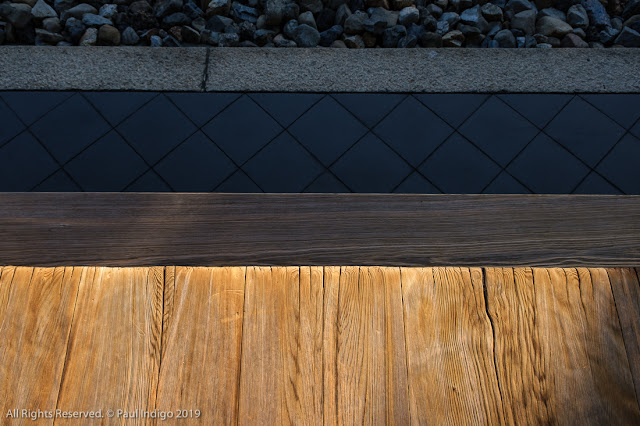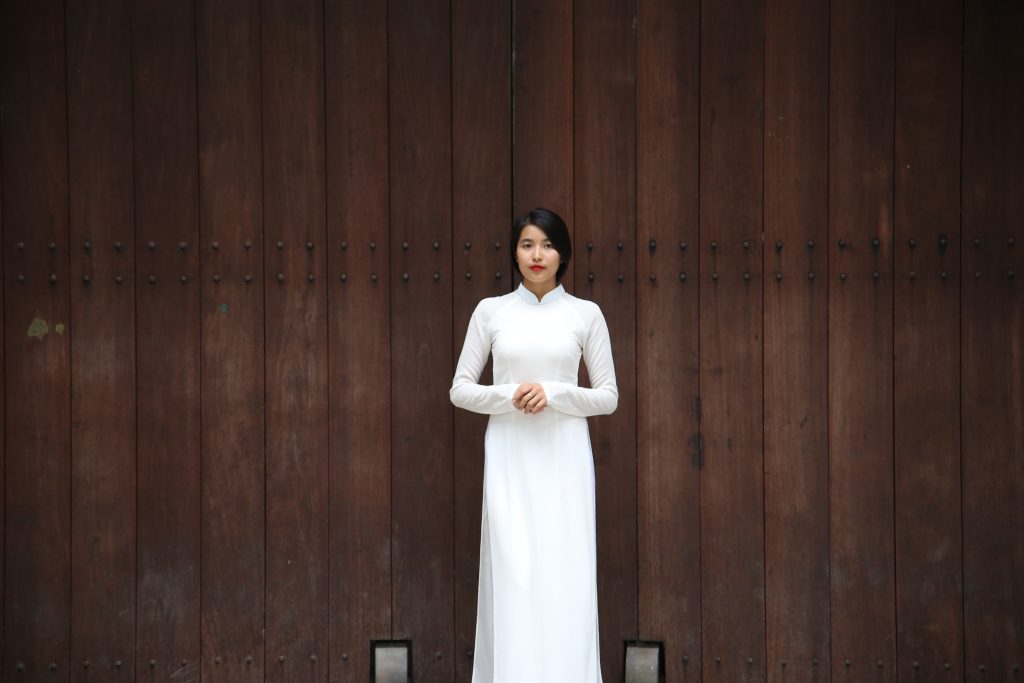Tips & Tricks

Understanding wabi-sabi and photography
Paul Indigo TipsWabi-sabi is a Japanese aesthetic concept that has fascinated many Westerners who have tried to encapsulate its meaning in a neat definition.
I have delved into its meaning as I learn more about Japan and explore the country and culture in my photographs.
In Japan, the concept is well recognised, but I think people are comfortable with a more vague and ambiguous notion of what it means.
The ideas and definition of wabi-sabi have changed over the centuries and continue to evolve. Literal translations are not useful, and as far as I know, you can't look the word up in the Japanese dictionary. The closest literal translation you can probably get is something like 'humble simplicity'.
Based on what I have read, here are some of the key concepts that seem consistent and inform my vision of what wabi-sabi means:
Impermanence - everything is in a state of continual change. Nothing remains the same.
Imperfection is a state to be celebrated and appreciated because it reflects impermanence in the world and nature and is, therefore, the hallmark of authenticity. Wabi-sabi recognises the acceptance and usefulness of the aesthetically imperfect but perfectly functional.
Beauty. As an aesthetic concept, wabi-sabi celebrates the beauty of an object or experience, and as such, it must result in aesthetic appreciation and admiration. Wabi is about appreciating the humble things in life.
When thinking about applying wabi-sabi to photography, I find it challenging to hitch it to a, for lack of a better phrase, 'creative manufacturing' process. Wabi-sabi is an experience that is incidental to the creator and the viewer of a photograph.
Authenticity and a recognition of the imperfections and transcience of reality are core concepts.
Here's an example to illustrate this. Suppose I took a photo and forgot to change my ISO, resulting in a grainy, gritty image that enhanced the photo's mood, a misty landscape. According to the photography manual, it may not be technically perfect, but the mistake/accident has contributed to the image's beauty. In so doing, I've produced something which viewers recognise as beautiful. In that case, we may have created a wabi-sabi experience.
However, I have read about photographers in pursuit of 'creating wabi-sabi' who deliberately introduce imperfections into their photos. In my mind, this is the opposite of wabi-sabi as it is faked and therefore not authentic.
One example I read about which illustrates wabi-sabi references Japanese pottery. A tea bowl is broken and then glued together. The mend is visible and part of the life of the bowl. It is no longer perfect but is still appreciated and admired. To return to the photographic example, deliberately introducing imperfections is akin to deliberately breaking the tea bowl and then sticking it together to 'create' wabi-sabi. To me, this approach to trying to manufacture wabi-sabi illustrates a naivety and lack of understanding.
It's important to note the context too. From the tradition of making samurai swords to calligraphy, poetry, and graphic arts through to architecture, cuisine, the tea ceremony, and outstanding engineering and technology achievements, Japan pursues perfection relentlessly. Wabi-sabi is definitely not about celebrating errors and things that have faults through bad craft.
I don't think you can manufacture wabi-sabi images. However, photographing humble and simple things, that reveal the natural passage of time and using a muted palette would fit the aesthetic sensibilities.
Wabi-sabi is a state of appreciation for the world around us which recognises the subtleties, the tiny details, the imperfections, the transcience and impermanence of all things living and material while being mindful, attentive, humble and thoughtful. You will know wabi-sabi when you have that moment of recognition and reflection.
It's also important to note that Japan's philosophical discipline corresponding to Western "aesthetics" only started in the nineteenth Century. Aesthetic ideas derived from tradition include mono no aware (the pathos of things), wabi (subdued, austere beauty), sabi (rustic patina), yūgen (mysterious profundity), iki (refined style), and kire (cutting).

I have delved into its meaning as I learn more about Japan and explore the country and culture in my photographs.
 |
| Levels going down to the dry stone garden in Keninji, Kyoto. |
In Japan, the concept is well recognised, but I think people are comfortable with a more vague and ambiguous notion of what it means.
The ideas and definition of wabi-sabi have changed over the centuries and continue to evolve. Literal translations are not useful, and as far as I know, you can't look the word up in the Japanese dictionary. The closest literal translation you can probably get is something like 'humble simplicity'.
Based on what I have read, here are some of the key concepts that seem consistent and inform my vision of what wabi-sabi means:
Impermanence - everything is in a state of continual change. Nothing remains the same.
Imperfection is a state to be celebrated and appreciated because it reflects impermanence in the world and nature and is, therefore, the hallmark of authenticity. Wabi-sabi recognises the acceptance and usefulness of the aesthetically imperfect but perfectly functional.
Beauty. As an aesthetic concept, wabi-sabi celebrates the beauty of an object or experience, and as such, it must result in aesthetic appreciation and admiration. Wabi is about appreciating the humble things in life.
When thinking about applying wabi-sabi to photography, I find it challenging to hitch it to a, for lack of a better phrase, 'creative manufacturing' process. Wabi-sabi is an experience that is incidental to the creator and the viewer of a photograph.
Authenticity and a recognition of the imperfections and transcience of reality are core concepts.
Here's an example to illustrate this. Suppose I took a photo and forgot to change my ISO, resulting in a grainy, gritty image that enhanced the photo's mood, a misty landscape. According to the photography manual, it may not be technically perfect, but the mistake/accident has contributed to the image's beauty. In so doing, I've produced something which viewers recognise as beautiful. In that case, we may have created a wabi-sabi experience.
However, I have read about photographers in pursuit of 'creating wabi-sabi' who deliberately introduce imperfections into their photos. In my mind, this is the opposite of wabi-sabi as it is faked and therefore not authentic.
One example I read about which illustrates wabi-sabi references Japanese pottery. A tea bowl is broken and then glued together. The mend is visible and part of the life of the bowl. It is no longer perfect but is still appreciated and admired. To return to the photographic example, deliberately introducing imperfections is akin to deliberately breaking the tea bowl and then sticking it together to 'create' wabi-sabi. To me, this approach to trying to manufacture wabi-sabi illustrates a naivety and lack of understanding.
It's important to note the context too. From the tradition of making samurai swords to calligraphy, poetry, and graphic arts through to architecture, cuisine, the tea ceremony, and outstanding engineering and technology achievements, Japan pursues perfection relentlessly. Wabi-sabi is definitely not about celebrating errors and things that have faults through bad craft.
 |
| Keninji Temple in Kyoto. |
I don't think you can manufacture wabi-sabi images. However, photographing humble and simple things, that reveal the natural passage of time and using a muted palette would fit the aesthetic sensibilities.
Wabi-sabi is a state of appreciation for the world around us which recognises the subtleties, the tiny details, the imperfections, the transcience and impermanence of all things living and material while being mindful, attentive, humble and thoughtful. You will know wabi-sabi when you have that moment of recognition and reflection.
 |
| Detail of the wall of a Samurai house in Kanazawa. |
It's also important to note that Japan's philosophical discipline corresponding to Western "aesthetics" only started in the nineteenth Century. Aesthetic ideas derived from tradition include mono no aware (the pathos of things), wabi (subdued, austere beauty), sabi (rustic patina), yūgen (mysterious profundity), iki (refined style), and kire (cutting).
Till soon and thank you for reading, commenting and sharing.
Paul
Follow me on Instagram: https://www.instagram.com/paul.indigo.photography












